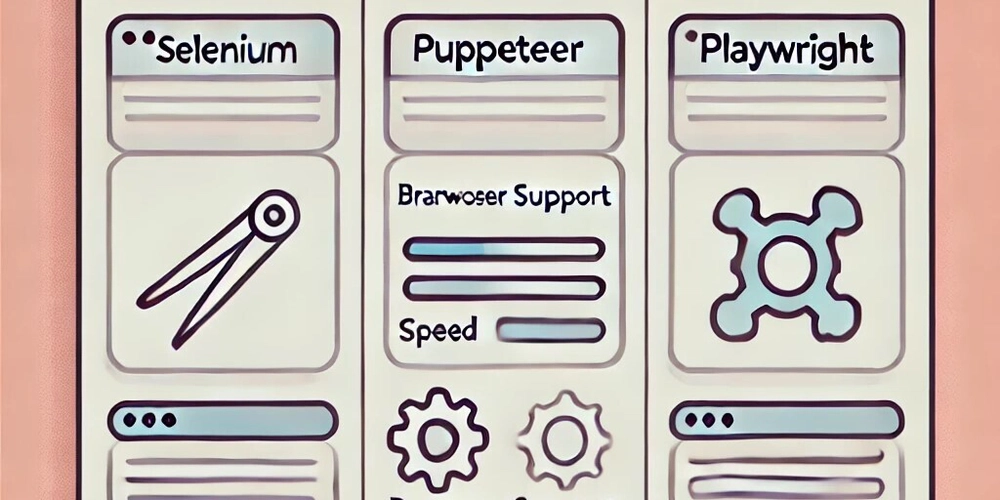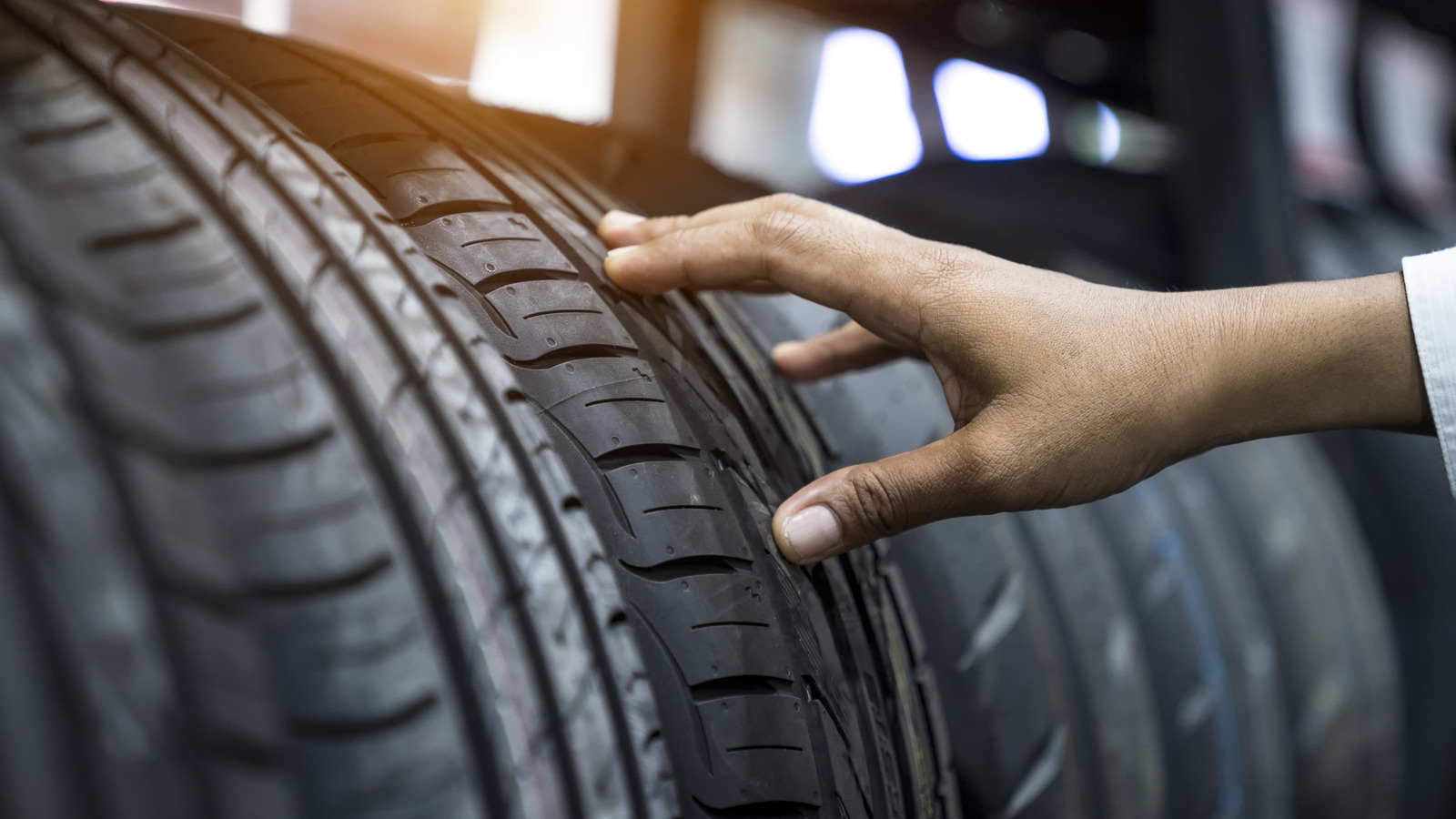How these guitar modeling companies are recreating rare vintage sounds for the digital age
Around 2009, Dweezil Zappa ran into a space problem. He was busy touring the US, performing some songs written by his father, Frank. Recreating those signature âpeculiar sounds,â as Zappa calls them, required lugging around a massive rig â roughly the size of two large refrigerators â held together by more than 200 connections and […]


Around 2009, Dweezil Zappa ran into a space problem. He was busy touring the US, performing some songs written by his father, Frank. Recreating those signature âpeculiar sounds,â as Zappa calls them, required lugging around a massive rig â roughly the size of two large refrigerators â held together by more than 200 connections and cables.
âThe challenge for me on tour was how can I recreate some of these sounds and not use the actual equipment that [Frank] used because some of it didn’t exist anymore,â Zappa says. âIt was a pretty extensive system.â
Zappa began seriously exploring a still relatively new technology: guitar amp modelers. These briefcase-sized devices aimed to capture the essence of analog amplifier and pedal sounds, reinterpret them digitally, and deliver them with an audio fidelity comparable to the real thing. Zappa realized modelers were more than just a space-saver: they also opened up a new dimension of creativity. With the right tweaking, Zappa says he suddenly had almost any sound or effect he could imagine at his disposal.
âIf I have to switch to another song [during a set] that is from 1981, I just step on a button,â Zappa says. âI …










































































































































































![[The AI Show Episode 143]: ChatGPT Revenue Surge, New AGI Timelines, Amazon’s AI Agent, Claude for Education, Model Context Protocol & LLMs Pass the Turing Test](https://www.marketingaiinstitute.com/hubfs/ep%20143%20cover.png)





























































































































![From Accountant to Data Engineer with Alyson La [Podcast #168]](https://cdn.hashnode.com/res/hashnode/image/upload/v1744420903260/fae4b593-d653-41eb-b70b-031591aa2f35.png?#)




































































































.png?#)












































































































































![Apple Watch SE 2 On Sale for Just $169.97 [Deal]](https://www.iclarified.com/images/news/96996/96996/96996-640.jpg)

![Apple Posts Full First Episode of 'Your Friends & Neighbors' on YouTube [Video]](https://www.iclarified.com/images/news/96990/96990/96990-640.jpg)


































































































































